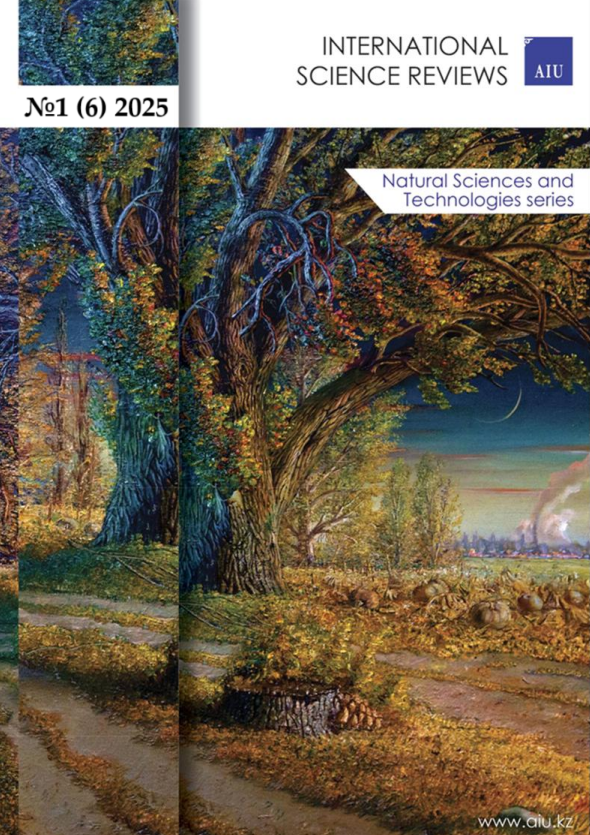Identification of soil bacteria of Astana city with subsequent assessment of their antibiotic resistance
DOI:
https://doi.org/10.62687/j1h4s677Keywords:
soil bacteria, MALDI-TOF MS, antibiotic resistance, disk diffusion method, identification.Abstract
This article examines the methodology for isolating and identifying soil microorganisms, followed by the
assessment of their antibiotic resistance. In the course of this study, the antibiotic resistance of microorganisms
inhabiting the soil of the Zhagalau residential complex and the Aruzhan housing estate in the city of Astana was
investigated. Ten pure bacterial cultures (strains F1–F10) were isolated from soil samples. Their species identification
was carried out using MALDI-TOF mass spectrometry, and their susceptibility profiles to a number of common
antibiotics (penicillin, tetracycline, erythromycin, chloramphenicol) were determined.
The study of the soil microflora in the area revealed a high diversity of soil microorganisms. Both Gram-positive
and Gram-negative bacteria were isolated, including spore-forming forms. Specifically, species such as Bacillus
megaterium and Pseudomonas aeruginosa were identified.
To isolate microorganisms, the method of inoculating onto nutrient media was used, followed by their
identification using mass spectrometry. Antibiotic resistance was assessed by the disk diffusion method on Mueller
Hinton agar.
Various bacterial isolates were identified during the study, among which strains resistant to antibiotics were found.
The obtained results emphasize the necessity of monitoring antibiotic resistance in soil ecosystems and further
studying the mechanisms of microbial resistance.
The scientific novelty of the work lies in the comprehensive study of antibiotic resistance of soil microorganisms
in the city of Astana.


